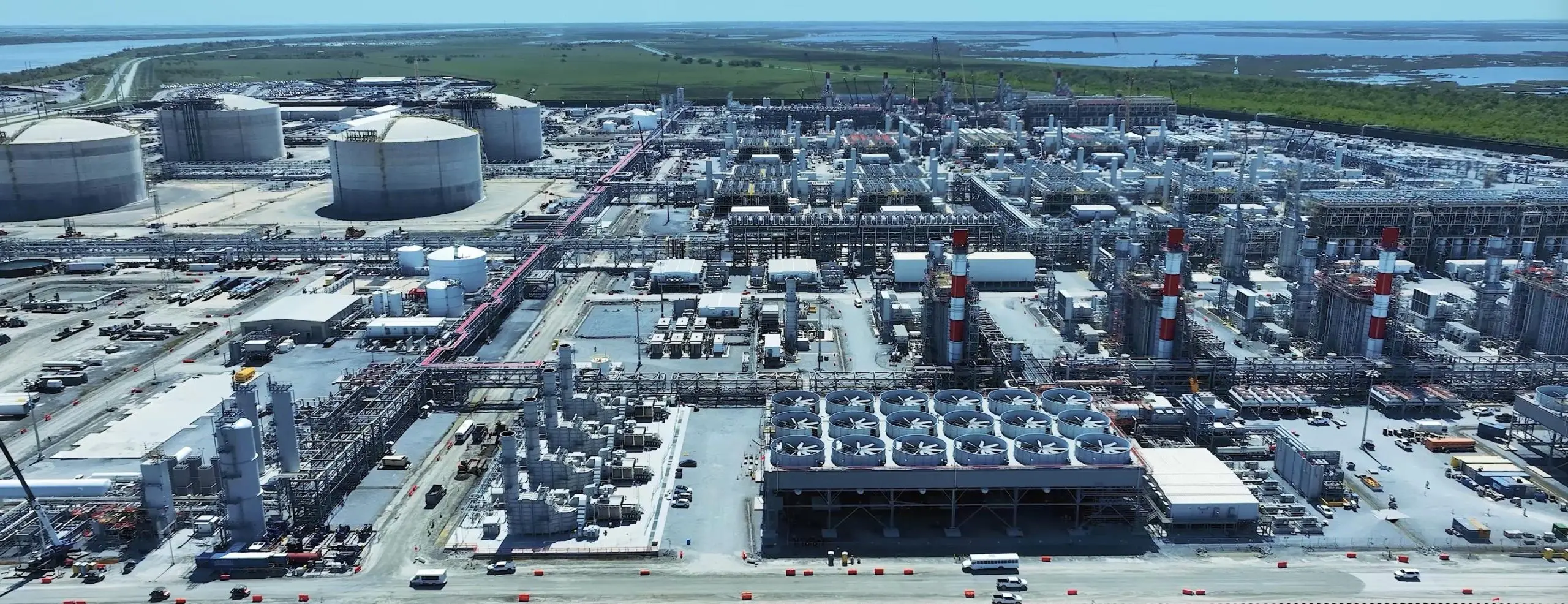This story requires a subscription
This includes a single user license.
According to an August 27 FERC filing, the regulator approved Venture Global Plaquemines LNG’s request to commission and introduce hazardous fluids to Phase 2 pretreatment train B and liquefaction block 18.
Venture Global Plaquemines LNG told FERC in a filing dated August 25 that it has fulfilled the environmental conditions which were necessary prior to the introduction of gas/MR/LNG/CNG to LTS block 18.
Before this, Venture Global commissioned the liquefaction train system block 18 with nitrogen.
The full project, including the first and the second stage, features 36 modular units, configured in 18 blocks. Each train has a capacity of 0.626 mtpa.
In April, the regulator approved the commissioning of liquefaction block 10 with natural gas.
This is the first liquefaction block of the second Plaquemines LNG phase, and 18th bloack is the last in the second phase.
Venture Global also recently received approval from FERC to introduce gas and LNG to the fourth and final storage tank at its Plaquemines LNG plant.
Earlier this year, Venture Global also received approval from FERC to boost the capacity of its Plaquemines LNG terminal to 27.2 mtpa.
Moreover, Venture Global’s units, Plaquemines Expansion and Venture Global Plaquemines, began the pre-filing process at the US FERC for the $18 billion expansion project in March.
After that, Venture Global added four more liquefaction blocks to the proposed brownfield expansion.
Venture Global has increased the number of liquefaction blocks to be permitted from 12 to 16. Each block features two trains.
As a result of this modification, the proposed production capacity of the project has increased from approximately 18.6 mtpa to approximately 24.8 mtpa.
Venture Global expects to export 227 – 240 LNG cargoes from the Plaquemines project in 2025.

